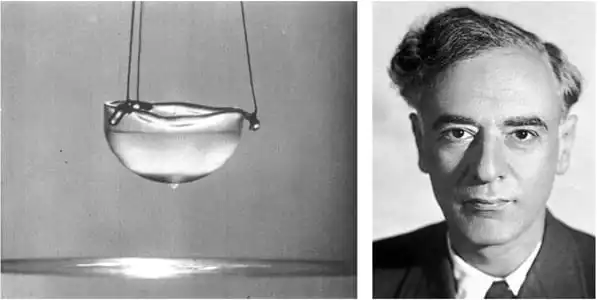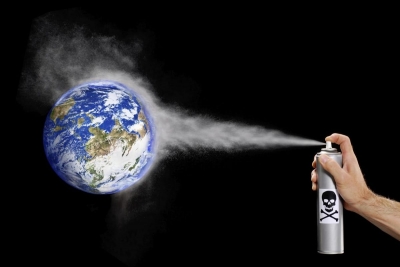Mercury is the closest planet to the San whipping around our star every 88 days compared to Earth 365.25 days. Mercury will also be the first planet destroyed when the Sun expands on its way to becoming a real giant in about 5 billion years.
So it seems a bit rough that we blame Mercury for all our problems three to four times a year when its in retrograde. But what does it mean when we say Mercury is in retrograde?
A matter of orbits
Retrograde motion means a planet is moving in the opposite direction to normal around the Sun. However, the planets never actually change direction. What we are talking about is apparent retrograde motion, when to us on Earth it looks like a planet is moving across the sky in the opposite direction to its usual movement Because Mercing is closest to the Sun and has the fastest orbit, it appears to move backwards in the sky more often than any other planet. But Mercury isn’t the only planet to do this. Venus also orbits. Inside our oririt of the Sun, ripping around once every 224-7 days. This means Venues is in retrograde twice every three years.
There is also another retrograde. It works the other way around, too. The planets outside our orbit (Mars, jupiter, Saturn Uranus, and Neptune) also go into retrograde. Mars is in retrograde once every two years. The other planets are so far from the Sun and travelling so slowly compared to Earth that its almost like they’re standing still. So we see them in retrograde approximately once a year as we whip around the Sun so much faster than they do
A well-known illusion
Retrograde motion bumboozled act astronomers since humans started looking up in space, and we only officially figures it out when Copernicus proposed in 1543 that the planets are orbiting the Sun (though he wasn’t the first astronomer to propose this heliocentric model).
Before Copernicus, many astronomers thought Earth was the centre of the universe and the planets were spinning around us. Astronomers like Apollonius around 300 BCE saw the planets going backwards, and explained this by adding more circles called epicycles. So, humans found out retrograde motion was an optical illusion 500 years ago. However, the pseudoscientific practice of astrology continues to ascribe a deeper meaning to this illusion.
There’s a retrograde most of the time
If we consider the seven planets other than Earth, at least one planet is in retrograde for 244 days of 2023 – that’s around two-thirds of the year.
If we include the dwarf planets Pluto and Ceres (and exclude the other seven dwarf planets in the Solar System), at least one planet or dwarf planet is in retrograde for 354 days of 2023, leaving only 11 days without any retrograde motion.
Picture Credit : Google





